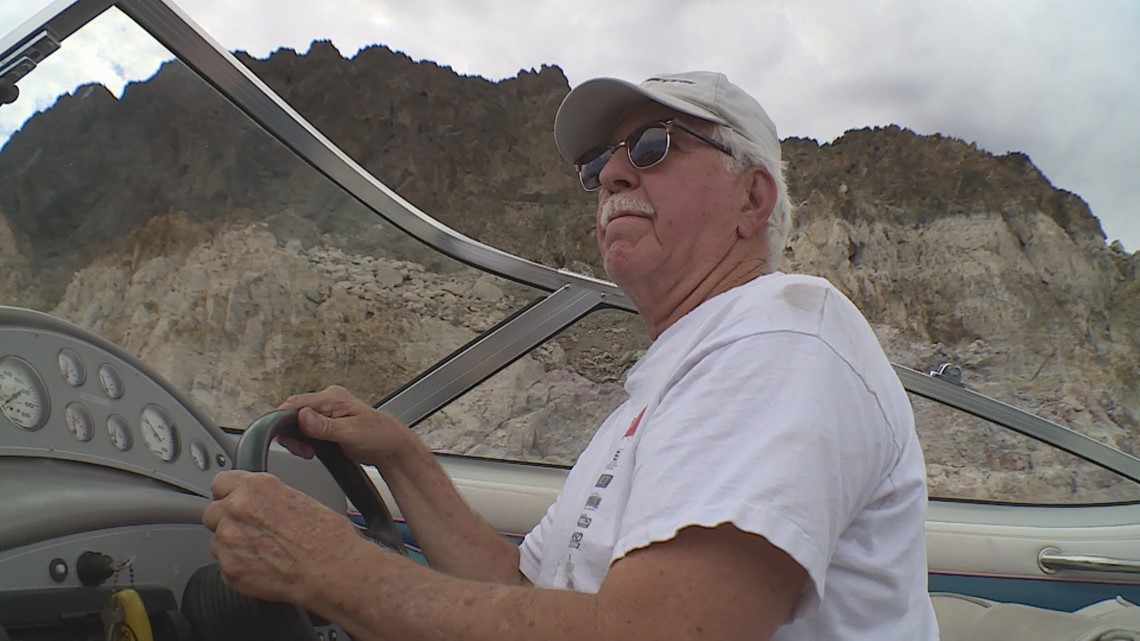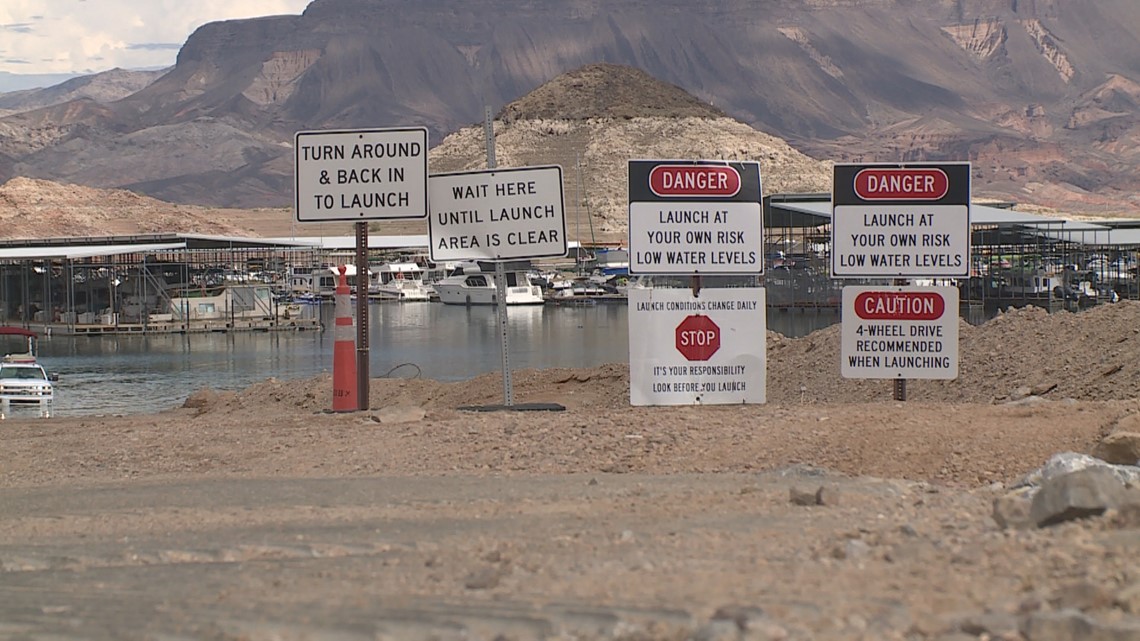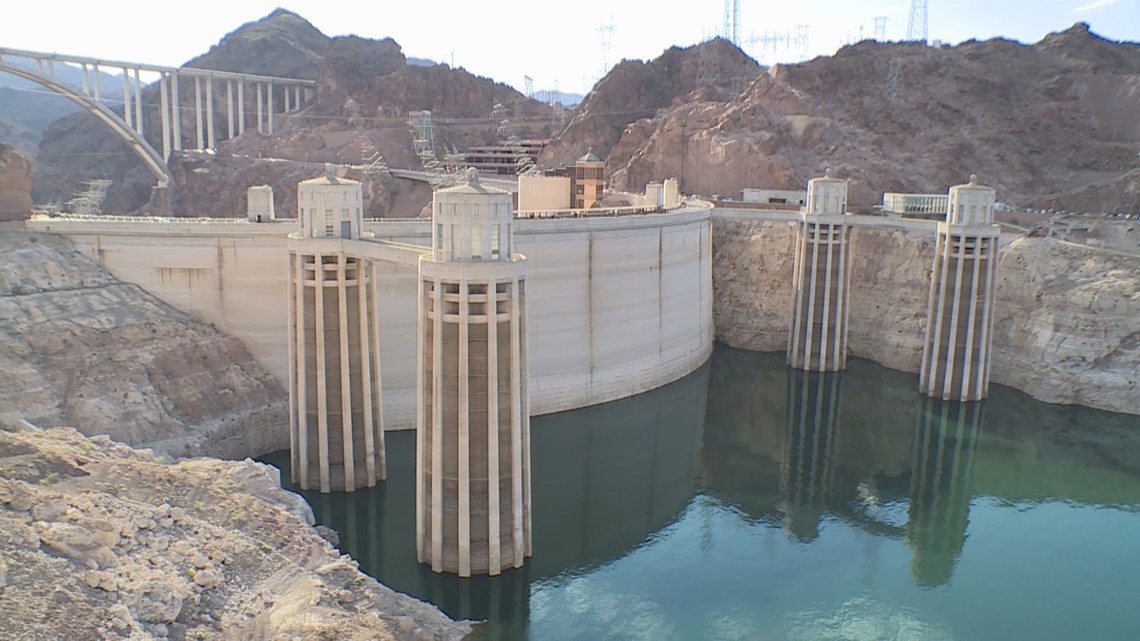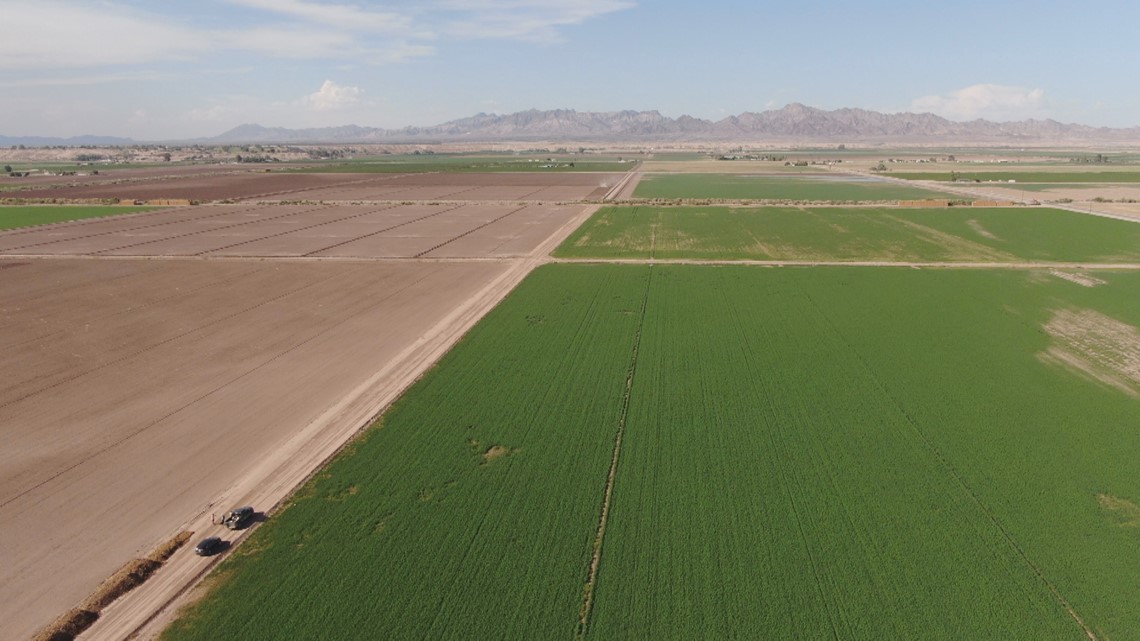Crisis on the Colorado River: Here's why Minnesotans should care
Nov 17, 2022 11:15AM ● By Content Editor
By Chris Hrapsky - KARE 11 News - November 16, 2022
In Las Vegas, Nevada, excess is everywhere. But just 15 miles east of the Strip, the most valuable resource of them all is getting critically low.
For 50 years, Bob and Vita Hawkins have been launching their boat into Lake Mead, the nation's largest reservoir. In five decades they've never seen the water levels as low as they are now.
“If you get into an area where you are beside a sheer cliff, when you look up, you say ‘Wow! That's a lot of water missing,’” said Bob.
Anywhere you go on or near the water, you can't escape the visual. What’s known as the "bathtub ring" vividly shows where water levels used to be, and how far they've dropped – about 160 feet in 20 years.
For Bob, it’s a painful reminder of what the lake used to be.
“It hurts my feelings. I was counting on this being the No. 1 attraction of my life when I got to be this age,” he said.

While the view from the water is powerful, the satellite view from above, over time, is alarming.
At one point there were seven boat launches going into Lake Mead. Today, six of them are officially closed because the water is too low. At the remaining boat launch on the north end of the lake, it takes more than a mile to get to the shoreline.

On foot, it took 29 minutes of hiking through the old lake-bottom-turned-parched-desert to reach the water's edge.
So, what happened to Lake Mead?
WHAT HAPPENED TO LAKE MEAD'S WATER?
Lake Mead is filled by the Colorado River, which starts in the Rocky Mountains in Colorado and flows some 1,500 miles to the ocean in Mexico. The river supplies water to about 40 million people in seven states and Mexico.
After the Hoover Dam, which filled the reservoir, was built during the Great Depression, Lake Mead filled to about 1,200 feet above sea level. All the way until the year 2000, it fluctuated but stayed around that 1,200-foot level.
But in the last 23 years, it's dropped, and dropped and dropped again. Now down to a record low, water levels at the Hoover Dam sit around 1,050 feet. If the water level drops another 100 feet, it would no longer power the dam.

And about 50 feet below that is what's known as dead pool – where the water will no longer pass through the dam.
Droughts are nothing new to the American Southwest, but this drought, according to an article in Nature Climate Change, is the driest 23-year stretch in 1,200 years. Researchers attribute almost half the drought's severity to climate change.
But that isn’t the only problem. The river is also being dangerously overused.
WHY FARMERS ARE BEING PAID TO LEAVE THEIR LAND BARE
Ted Cooke is the general manager of the Central Arizona Project and oversees the canal that transfers Colorado River water to 6 million people in Arizona.
He says the river is overallocated and is no longer able to produce the amount of water humans take from it.
“We've gone beyond the point where voluntary conservation is going to be sufficient,” Cooke said.
To try and prevent calamity, this summer the federal government announced what it calls “an urgent action" and cut Arizona's water allotment by 21%, Nevada's by 8%, and Mexico's by 7% starting Jan. 1.
“Basically within 18 months of being at dead pool, if we don't do something," said Cooke. "This is a different game than we've been playing up to this point. We have to have different rules."
About 200 miles south of Las Vegas, alfalfa farmer Charles Van Dyke is trying to do his part to conserve water.
“I love to farm. I guess it's in my blood,” said Van Dyke.
His 900-acre farm sits in the Palo Verde Valley on the border between California and Arizona, and for nearly 150 years, the Colorado River has been liquid gold for the local farming community.
“This one here has been in the fallow program for one year,” said Van Dyke pointing to a brown patch of the farm that's left unworked.
That brown patch is the land he's being paid not to farm by the Southern California Water District.
He loses money doing this, but he says it’s the right thing to do.

More than 90% of landowners here have voluntarily signed up for the program.
Asked why he’s made a career farming hay in the middle of the desert, Van Dyke responded, “I'd have to say, if you look at LA … I hate to say it, but the farms were here first.”
He's right. This valley is grandfathered the first water rights of the Colorado River in all of California.
But not everyone in the southwest has water running past their front door.
HOMEOWNERS SCRAMBLE TO FIND WATER
Just outside Phoenix, in Rio Verde, Arizona, luxury has met calamity.
Some 500 homeowners do not know where they'll get water come Jan. 1.
“Right now, I hope and I pray for water,” said Karen Nabity, who built her home seven years ago in the unincorporated town. “I have a 5,000-gallon tank buried here.”
Many of the homes have relied on nearby Scottsdale to provide hauled water, but due to the drought and low levels on the Colorado River, that option is going away.
She says some neighbors have tried drilling wells but haven't hit a drop. Now, the community is scrambling to find another source.
“We just might be moving to Minnesota, anywhere where there’s water. That might be the case for a lot of people 40 or 50 years from now, hard to say,” said Nabity.
As the drought deepens, a larger fight is on the horizon.
On good days, nature still gives a little back, but there's no longer a way out unless mankind cuts back – a lot.

